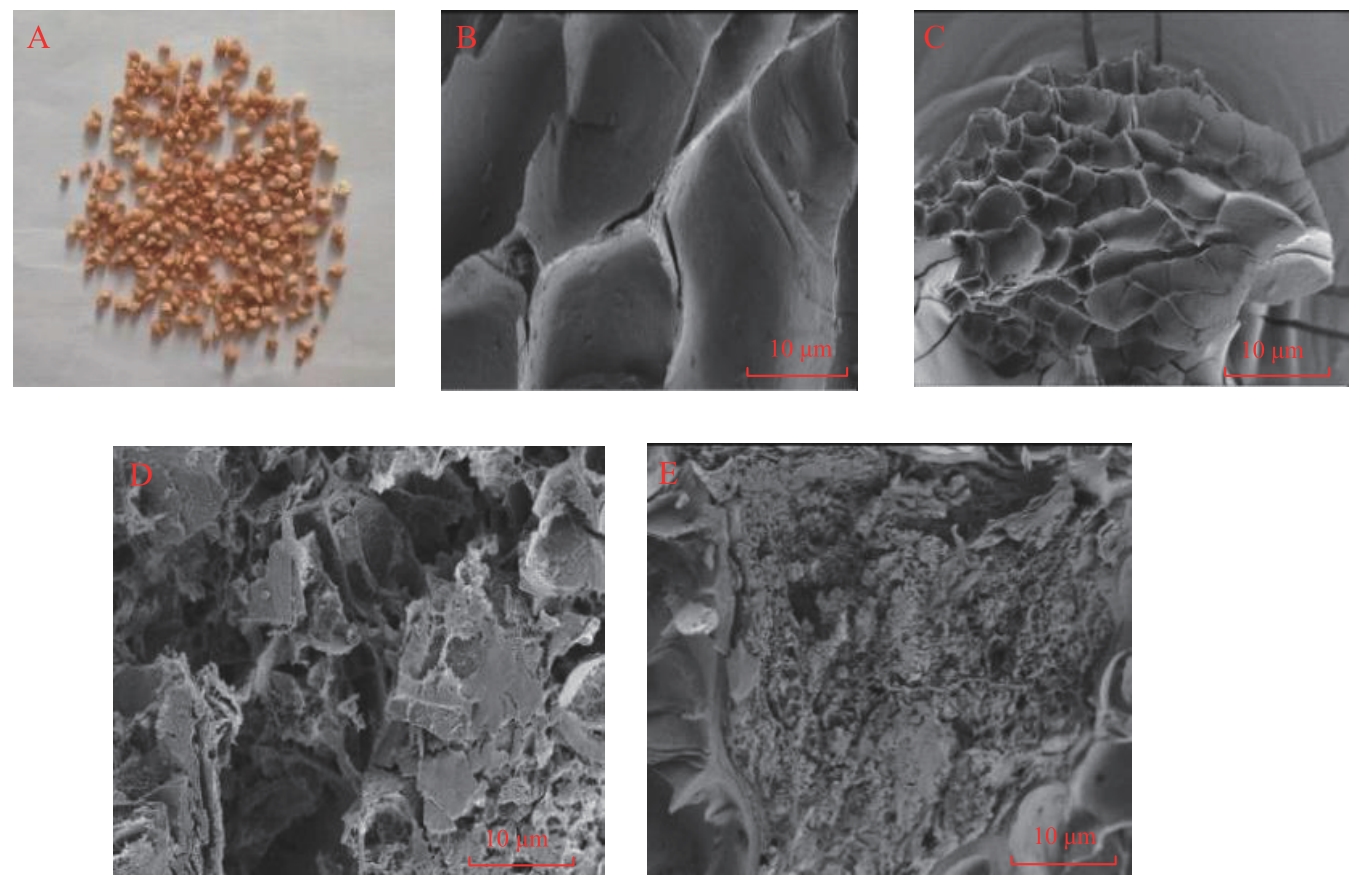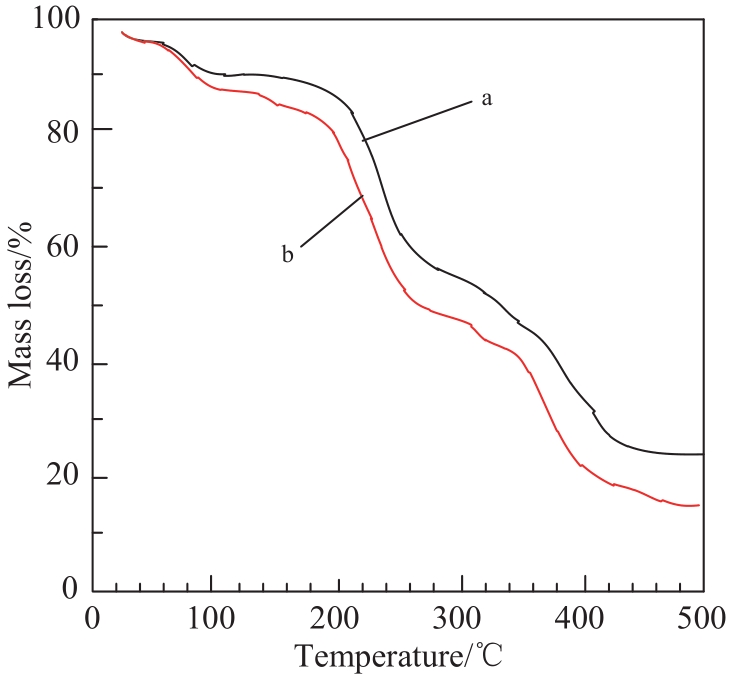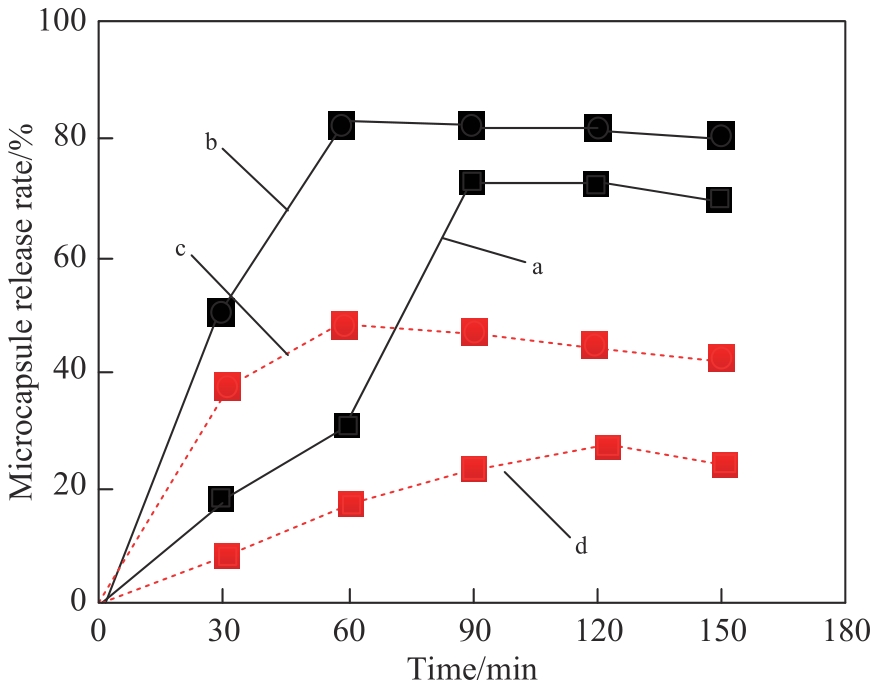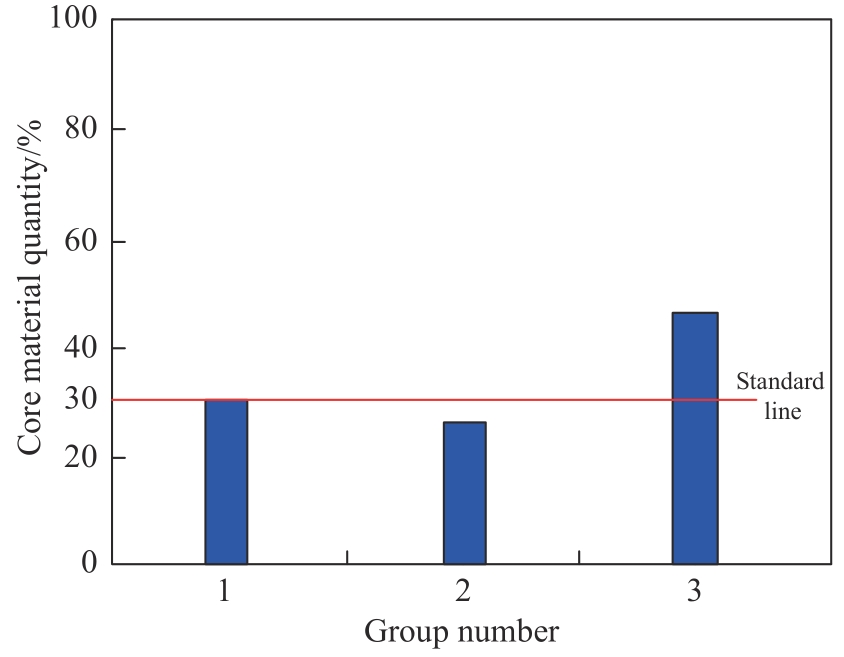| 1 |
KUMARI P, KUMAR V, KUMAR R, et al. Retraction note to: sorghum polyphenols: plant stress, human health benefits, and industrial applications[J]. Planta, 2021, 254(5): DOI:10.1007/s00425-021-03748-4.
|
| 2 |
HUANG H P, HU X J, TIAN J P, et al. Rapid and nondestructive prediction of amylose and amylopectin contents in sorghum based on hyperspectral imaging[J]. Food Chem, 2021, 359(15): 129954.
|
| 3 |
徐莉娜, 郭尚, 李艳婷, 等. 不同真菌固态发酵对谷物多酚含量和抗氧化性的影响[J]. 山西农业科学, 2023(12): 1395-1403.
|
|
XU L N, GUO S, LI Y T, et al. The effect of solid-state fermentation with different fungi on the content of polyphenols and antioxidant properties in grains[J]. J Shanxi Agric Sci, 2023(12): 1395-1403.
|
| 4 |
王艳秋, 张飞, 王佳旭, 等. 春播早熟酿造高粱品种生态适应性评价分析[J]. 山西农业大学学报: 自然科学版, 2023, 43(1): 11-19.
|
|
WANG Y Q, ZHANG F, WANG J X, et al. Evaluation and analysis of ecological adaptability of early-maturing brewed sorghum varieties in spring sowing[J]. J Shanxi Agric Univ (Nat Sci Ed), 2023, 43(1): 11-19.
|
| 5 |
SRIDHAR A, PONNUCHAMY M, KUMAR P S, et al. Techniques and modeling of polyphenol extraction from food: a review[J]. Environ Chem Lett, 2021, 19(4): 3409-3443.
|
| 6 |
李欣, 高菲, 刘紫薇, 等. 高粱淀粉-多酚复合物与高粱淀粉的理化性质比较分析[J]. 中国粮油学报, 2022, 5(10): 1-9.
|
|
LI X, GAO F, LIU Z W, et al. Comparison and analysis of physicochemical properties of sorghum starch-polyphenol complex and sorghum starch[J] J Chin Cereals Oils Associat, 2022, 5(10): 1-9.
|
| 7 |
张彩虹, 黄立新, 谢普军, 等. 超声波喷雾干燥微胶囊化橄榄油的存储稳定性研究[J]. 生物质化学工程, 2023, 57(3): 15-22.
|
|
ZHANG C H, HUANG L X, XIE P J, et al. Storage stability of olive oil microencapsulated by ultrasonic-spray drying[J]. Biomass Chem Eng, 2023, 57(3): 15-22.
|
| 8 |
蔡朋举, 孙爱东, 贾国梁. 植物多酚的抗炎功效及微胶囊化研究进展[J]. 中国食品学报, 2022, 22(7): 417-427.
|
|
CAI P J, SUN A D, JIA G L. Research progress on anti-inflammatory activity and microencapsulation of plant polyphenols[J]. J Chin Inst Food Sci Technol, 2022, 22(7): 417-427.
|
| 9 |
梁薇薇, 王振宇, 史锦硕. 真空冷冻干燥法制备松多酚微胶囊工艺研究[J]. 安徽农业科学, 2014, 42(36): 12956-12959.
|
|
LIANG W W, WANG Z Y, SHI J S. Preparation of pine polyphenols microen capsulation process with vacuum freeze drying method[J]. J Anhui Agric Sci, 2014, 42(36): 12956-12959.
|
| 10 |
谭明杰, 张春香. 冷冻干燥法茶多酚微胶囊的制备及其在烟用复合咀棒中的应用研究[J]. 食品工业, 2011, 32(8): 57-59.
|
|
TAN M J, ZHANG C X. Studies on freeze drying microencapsulation technology of tea polyphenols and its antioxidative effect[J]. Food Ind, 2011, 32(8): 57-59.
|
| 11 |
尚琪, 石美荣, 苏小育, 等. Folin-Ciocalteu比色法测定茶酵素中多酚含量的方法学研究[J]. 农产品质量与安全, 2022(1): 24-29.
|
|
SHANG Q, SHI M R, SU X Y, et al. Determination of polyphenol content in tea enzyme by folin-ciocalteu colorimetry[J]. Quality Safety Agro-Prod, 2022(1): 24-29.
|
| 12 |
姚云平, 陈丽媛, 刘丹, 等. 茶多酚微胶囊的理化特性及其在油脂中的抗氧化性能[J]. 中国油脂, 2021, 46(10): 116-120.
|
|
YAO Y P, CHEN L Y, LIU D, et al. Physicochemical characteristics of tea polyphenol microcapsules and its antioxidant properties in oils[J]. China Oils Fats, 2021, 46(10): 116-120.
|
| 13 |
钟迪颖, 武治兴, 刘阳, 等. 紫花苜蓿花朵中花色苷的提取及其微胶囊化[J]. 草业科学, 2021, 38(9): 1726-1736.
|
|
ZHONG D Y, WU Z X, LIU Y, et al. Extraction and microencapsulation of anthocyanins from alfalfa flowers[J]. Pratacult Sci, 2021, 38(9): 1726-1736.
|

 )
)



